August 28
One of the great things to do in Chobe is to get on a boat and head up the river. Because this is the primary water source in the area, pretty much everything comes down to the river. Here's our map for the day (thanks again to Darryl for the GPS data):

But first we have to get to the dock, and virtually everyone commented about the dialing signs as we turned out of the park into town (Kasane):
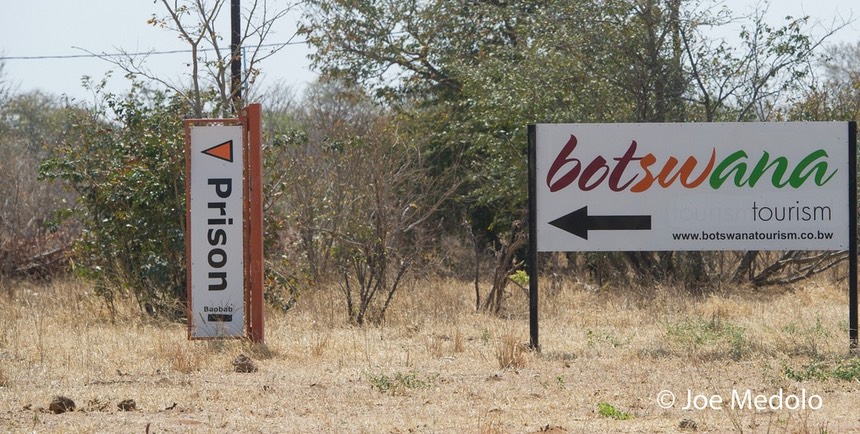
Yep. Tourism and the Prison are in the same place here ;~)
Here's Joe waiting for the boats to arrive with some of the gear we brought with us.
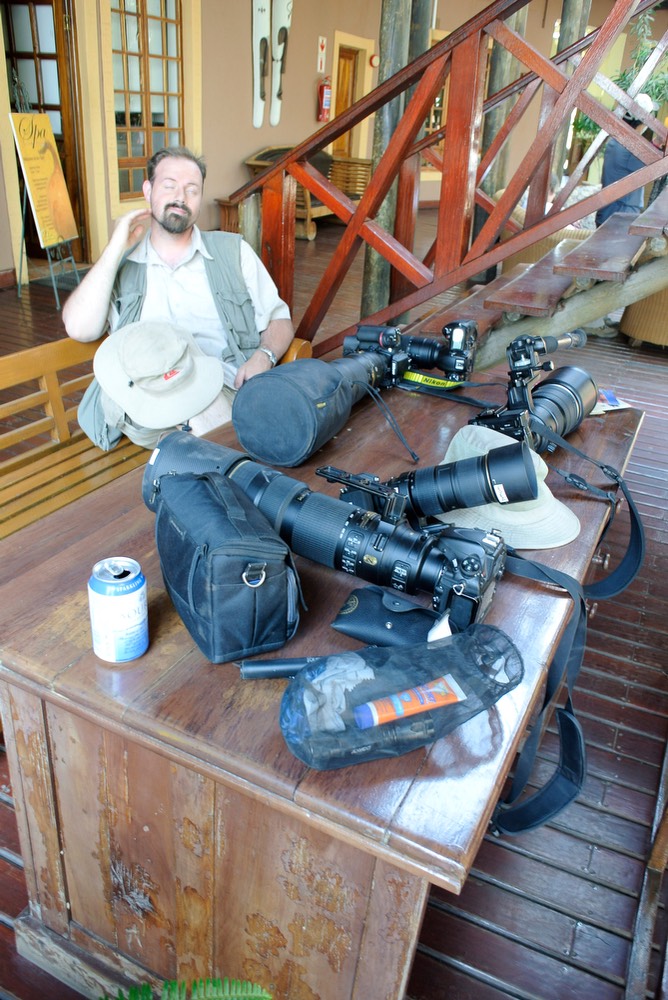
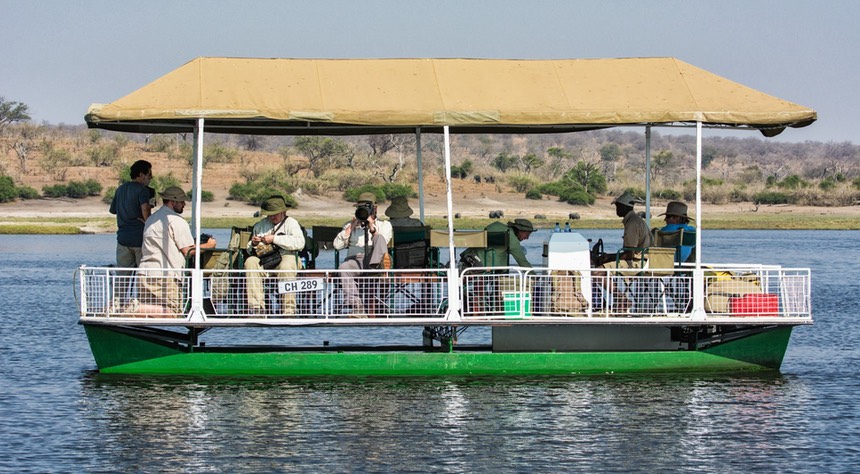
And here's one of the boats we're using (we have two identical boats, with Tony and one of our guides on one, me and Adam on the other. The guides are there to help identify things, mainly all the birds that we'll encounter, as there are some we haven't seen before.
So what do you see from the river with a boat as your blind? Let's start with some birds:
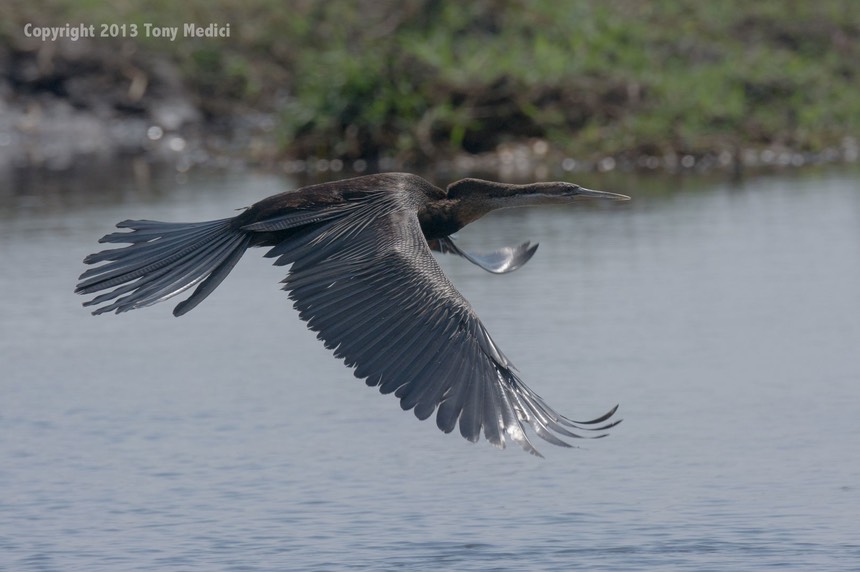
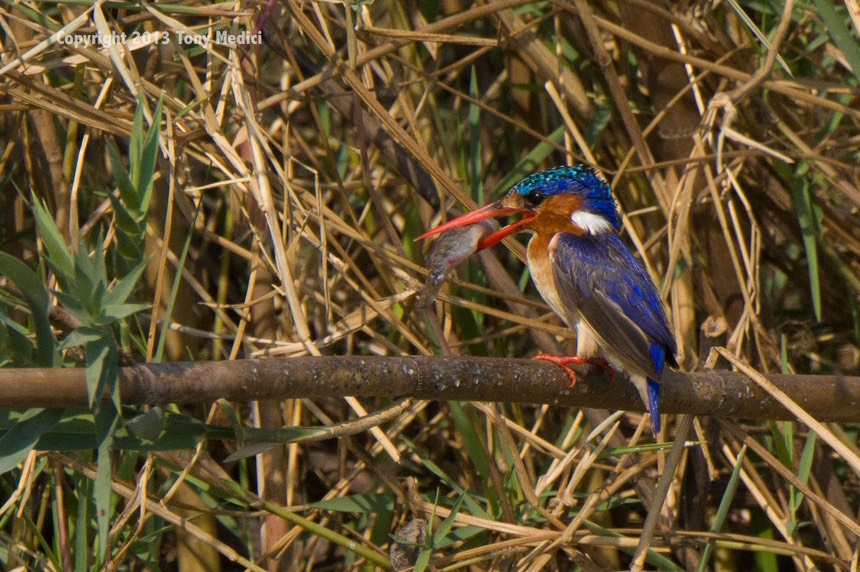
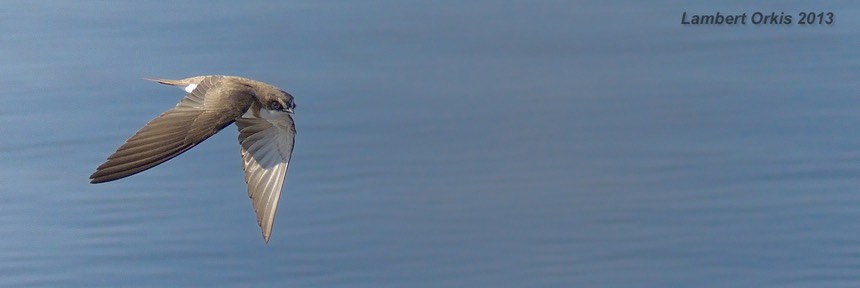
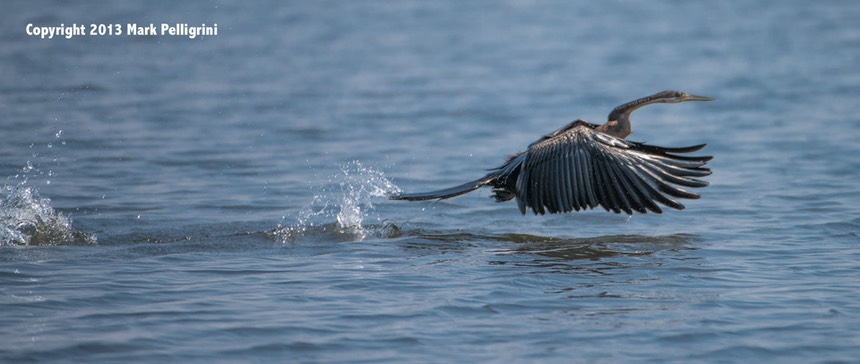


I'm actually a little proud of that last one. Wait, I didn't take it! True. But it's a shot Tony wouldn't have attempted before working with me. Look at the shot just above it of the same bird. When you isolate into the bird, you definitely get a bird shot, and often you see nice definition and positions in the wings, but does that shot tell you anything about what environment the bird inhabits? No. You have to take the environmental shots, too, not just a lot of portraits of birds in flight. Tony's progressed to doing that, and it shows in his other shots, too, as he is backing off from being so tight on the bird all the time that he's now getting some variety and other story into his shots.
I believe I wrote that about lions, earlier, too. But it applies to any subject, really. Back when I taught filmmaking, one of the things you have to get across to students is that they can't take every shot the same (e.g. two people in scene, so a shot from over there is a two shot, shot from over there is a two shot, shot from the center is a two shot). You can't cut together the same shot for the length of a movie (close up, close up, close up, close up, close up…). So one of the first things about scene composition is: take an establishing (wide) shot, take individual shots, take group shots, take detail shots, take cutaway shots. Now you can go from wide to group to an individual to a detail to an individual to a cutaway and back to the group shot and not bore the audience to death (let alone worry as much about what's known as jump cuts).
The same thing is true of slide shows, portfolios, presentations, anywhere that you're going to put a group of photos together. You need different types of shots. Not lion head, lion head, lion head. But savannah, herd of buffalo, lion stalking buffalo, lion head, running feet…well, you get the idea. The nice thing about two weeks in a place like Botswana is that even the ones who came for the lion head, lion head, lion head, cheetah head, leopard head, more lion head shots even start to look for something different ;~). This is the perfect time to start pushing them harder at collecting a sequence of shots that tell a story together. So let's try a little bit of that as we start to wrap up the day.
One thing you see a lot of on a boat ride up the Chobe in late afternoon is elephants.
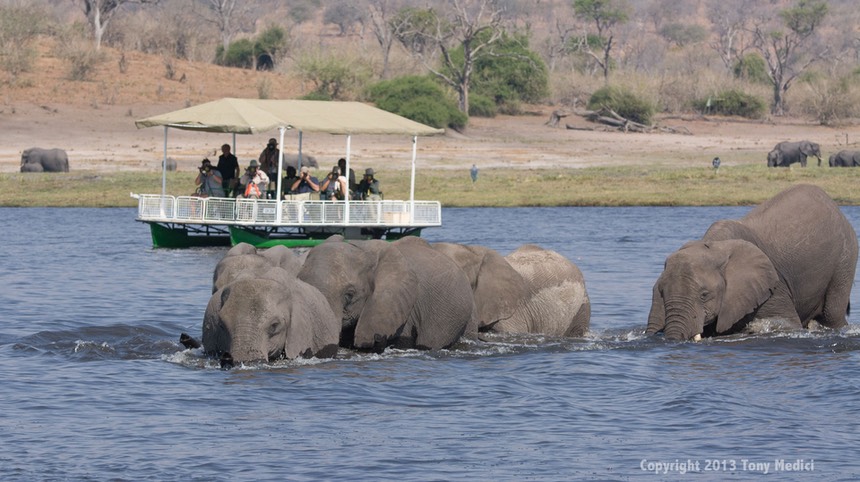
As you near them you start to see behaviors and other interesting things:

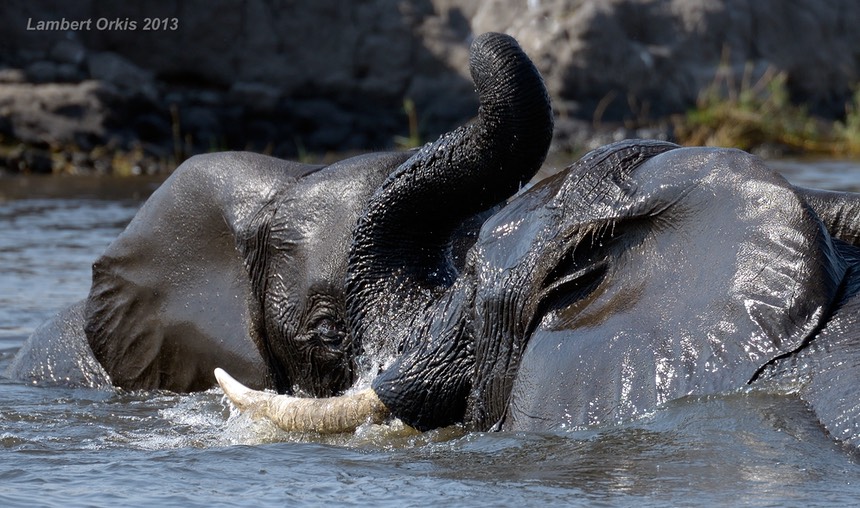
You even discover that elephants, like humans, sometimes need to grab onto something solid to get out of the water:
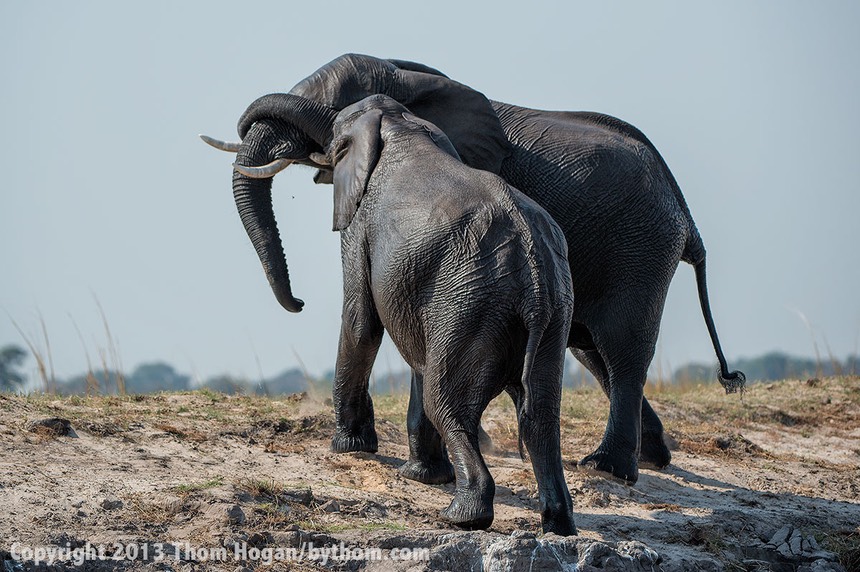
That wasn't so hard now, was it? A little variety in the shots goes a long way when you present your images to others. So always ask yourself when you're shooting: am I getting any variety?
Of course, no river cruise is complete with a croc or two:


And you can't end the day without a sunset (or two ;~):


As usual, Chobe made for a nice wildlife finish for the Botswana part of our trip. Next up, crossing the river into Zambia and a day at Victoria Falls.